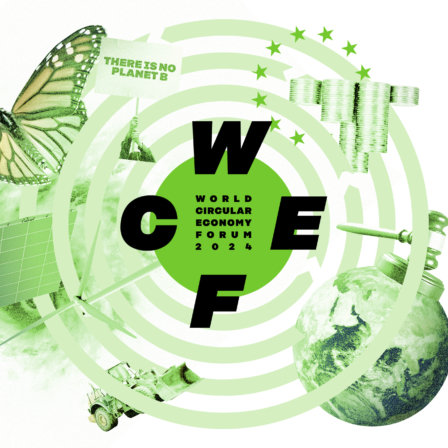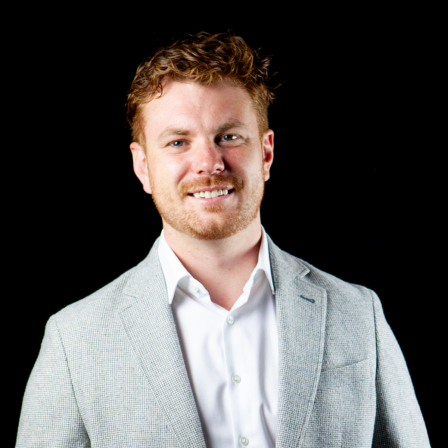Text updated on 8 November regarding highlight 2.
Continuing the topics covered at the World Circular Economy Forum 2017 (WCEF) in Helsinki, the first global forum on the circular economy with over 1600 participants from over 90 countries, Finnish Innovation Fund Sitra organised the Beyond WCEF 2017 seminar in Brussels on 11 October 2017. Speakers included European Commission Vice-President Jyrki Katainen, Finland’s Minister of Housing, Energy and Environment Kimmo Tiilikainen and UN Environment International Resource Panel Co-Chair Janez Potocnik, among others.
The discussions reaffirmed Sitra’s view that Finland and the European Union should be global pioneers of the circular economy and support a worldwide transition to a more sustainable and equitable economy.
Here are five highlights of issues discussed in Brussels:
1. From crisis management to long-term planning
The European Union has witnessed one crisis after another in the past few years – from the financial crisis to Greece’s debt crisis to a refugee influx to Brexit, among others – but is now becoming increasingly open to topics with a more long-term view. This receptiveness has partly been made possible by the pro-European success of Macron in the French presidential elections as well as general positive news in the European economy.
Regarding the circular economy, the European Commission sees circularity as a cross-cutting element of the New Industrial Policy Strategy published in September. At the Beyond WCEF 2017 seminar Vice-President Jyrki Katainen reiterated the importance of the circular economy as a global megatrend comparable to digitalisation. Next on the Commission’s circular future agenda are the Plastics strategy coming this December, the Sustainable Development Goals (SDGs) framework for the EU by October next year, and the future renewal of the EU Bioeconomy strategy of 2012 that is challenged by disruptive technological development.
2. Retraction of the old EU proposal resulted in wider political debate on the circular economy
The Barroso Commission proposed a circular economy package that was later retracted by the Juncker Commission. At the time, this move was largely criticized by many as it could be interpreted as lacking commitment to creating an environmentally friendly European economy.
While the retraction of the old EU proposal caused a delay of 1.5 years, it offered the opportunity to develop it further into a more comprehensive proposal and resulted in a more thorough and wider political debate on the circular economy. The scope of discussion was broadened from waste management and recycling to a more holistic economic discussion on the circular economy in Europe. The eventual proposal of the Circular Economy Action Plan was published in December 2015. With it, circular economy topics such as eco-design, green public procurement and activation of investments have led to more impactful activities.
3. Countries furthest behind have the most to gain
One of the major challenges with the circular economy in the European Union is the big differences between member states in their level of circularity. Although waste and recycling is only one element of the circular economy it demonstrates the big differences between member states. Romania generated 247 tonnes of municipal solid waste per capita with a recycling rate of 12 per cent whereas Denmark’s equivalent was 789 tonnes per capita with a recycling rate of approximately 47 per cent.
However, what is lost in a lot of political discussion is that countries furthest behind have the most to gain. Romania has a lot of economic opportunities from better utilising waste streams ending up in landfill or incineration and Denmark can gain from new consumption patterns and business models that reduce the amount of waste being generated in the first place.
4. A socially fair circular economy is the key to global buy-in
The circular economy must not become “another Western project”, emphasised UN Environment International Resource Panel Co-chair Janez Potočnik. For the circular economy to gain acceptance in the emerging and less affluent regions of the world, it needs to be relevant in reducing poverty and benefiting societies in a just and fair manner. The circular economy also needs to be socially fair not only on a macro scale. Within countries benefits of the circular economy must reach groups in more challenging circumstances. The increased efficiencies and new forms of unlocking value must not only create wealth to owners of businesses, but create opportunities for employment and fair earnings for all types of skillsets.
Education plays a key role in the implementation of the circular economy. Not only to spread the understanding of the concepts related to the circular economy, but also for people to learn the new skills required in a circular economy. An inclusive circular economy will not leave behind people currently involved in linear business such as coal workers, but will find ways to retrain these people into new better forms of employment.
A socially fair circular economy also needs to take into account that a lot of circular activities, such as repair and recycling of products, are currently done by people in the informal sector in many regions. The impact to the well-being of these people resulting from the formalisation of circular solutions cannot be disregarded.
5. SDGs and circularity should be integrated into trade agreements
The circular economy is not synonymous to a closed economy. It is unrealistic to think that Europe would become 100 per cent self-sufficient and would consider completely closing its borders to the rest of the world. The availability of resources differs in various parts of the world, leading to international trade which has existed for centuries and which can be expected to continue for the foreseeable future. However, the rules upon which international trade is carried out are negotiated and written down by people in the form of trade agreements.
Heidi Hautala, member and vice-president of the European Parliament and member of the International Trade Committee, proposed further integrating Sustainable Development Goals in trade agreements. Trade agreements that would better consider the sustainability of products and services would also accelerate the circular economy internationally. There needs to be global assurances that traded goods and services comply with the highest possible environmental and social standards, or else harmful impacts are simply exported to foreign markets, eventually leading back to global problems.
Conclusions
The time for implementation of the circular economy in the European Union through real action is at hand. European policymakers are once again receptive for future-oriented agendas. Hard decisions in relation to how products are made and consumed must be made, but understanding who are the “losers” in the transition to the circular economy and coming up with ways to bring them aboard is crucial to smooth this transformation. Cheering for the circular economy will not automatically lead to seizing opportunities and unlocking new value. Meaningful investments and policy actions that support new circular business models are still required.
Finland has taken its first steps in the right direction and is paving the way for a circular economy. Finland and the European Union are global pioneers. The European Union has its Circular Economy Action Plan and has long been a promoter of green growth and environmentally responsible business. Finland, an EU member state, was the first country to draw up a national road map to the circular economy last year. It was built together by a thousand people representing various public, private and third sector organisations.
The road map includes a national Steering Group that provides expertise to assist the societal transformation of Finland towards a circular economy. As part of this work, Steering Group members visited Brussels and attended the Beyond WCEF 2017 seminar to meet and exchange thoughts with European experts and decision-makers on the future of the circular economy in the European Union and beyond.
There is still a lot to be done in local, national and international levels to walk the talk. What remains is the challenge of finding ways to build the future together in a world that seems focused on self-interests.
See presentations of the Beyond WCEF 2017 seminar here.
















Recommended
Have some more.